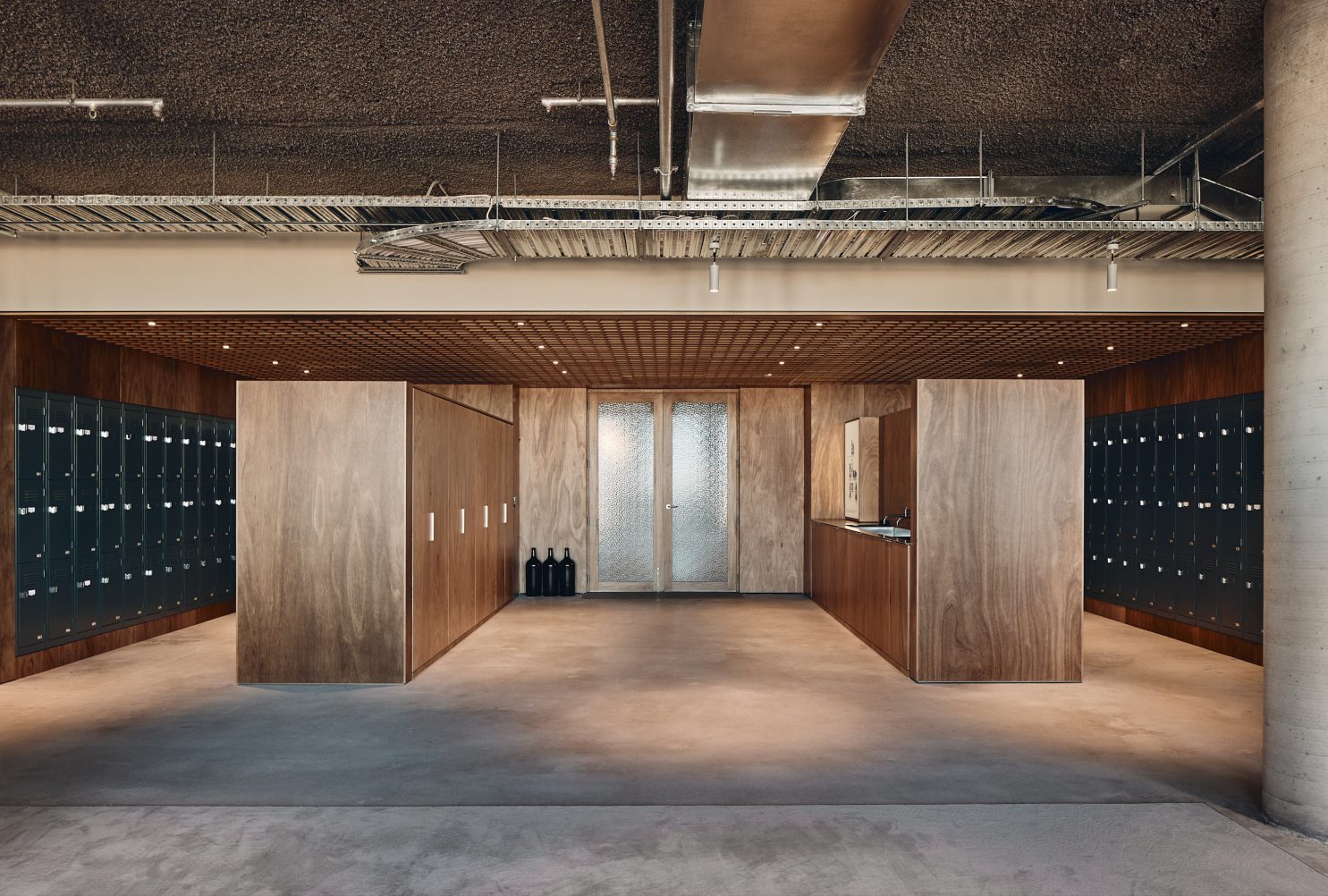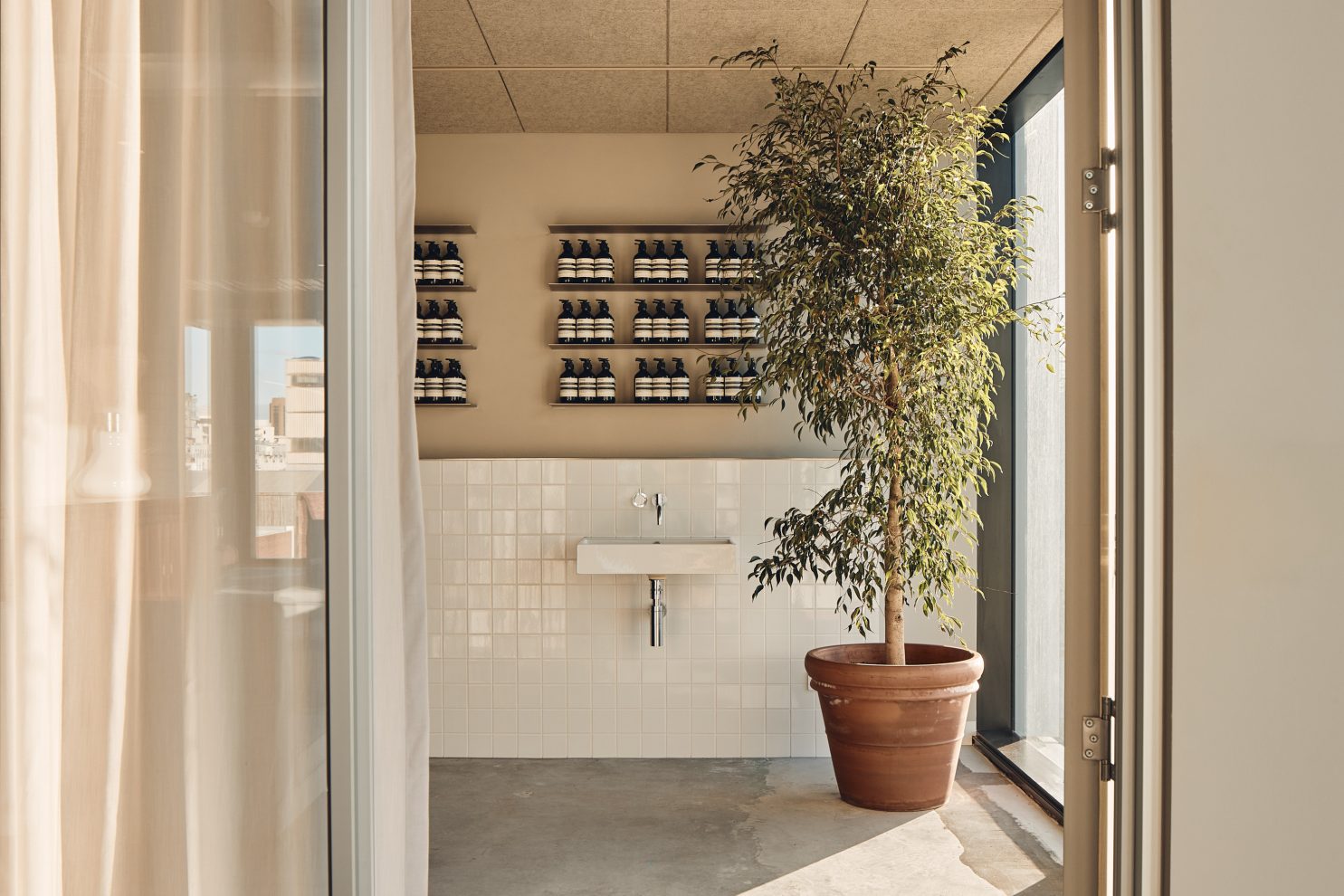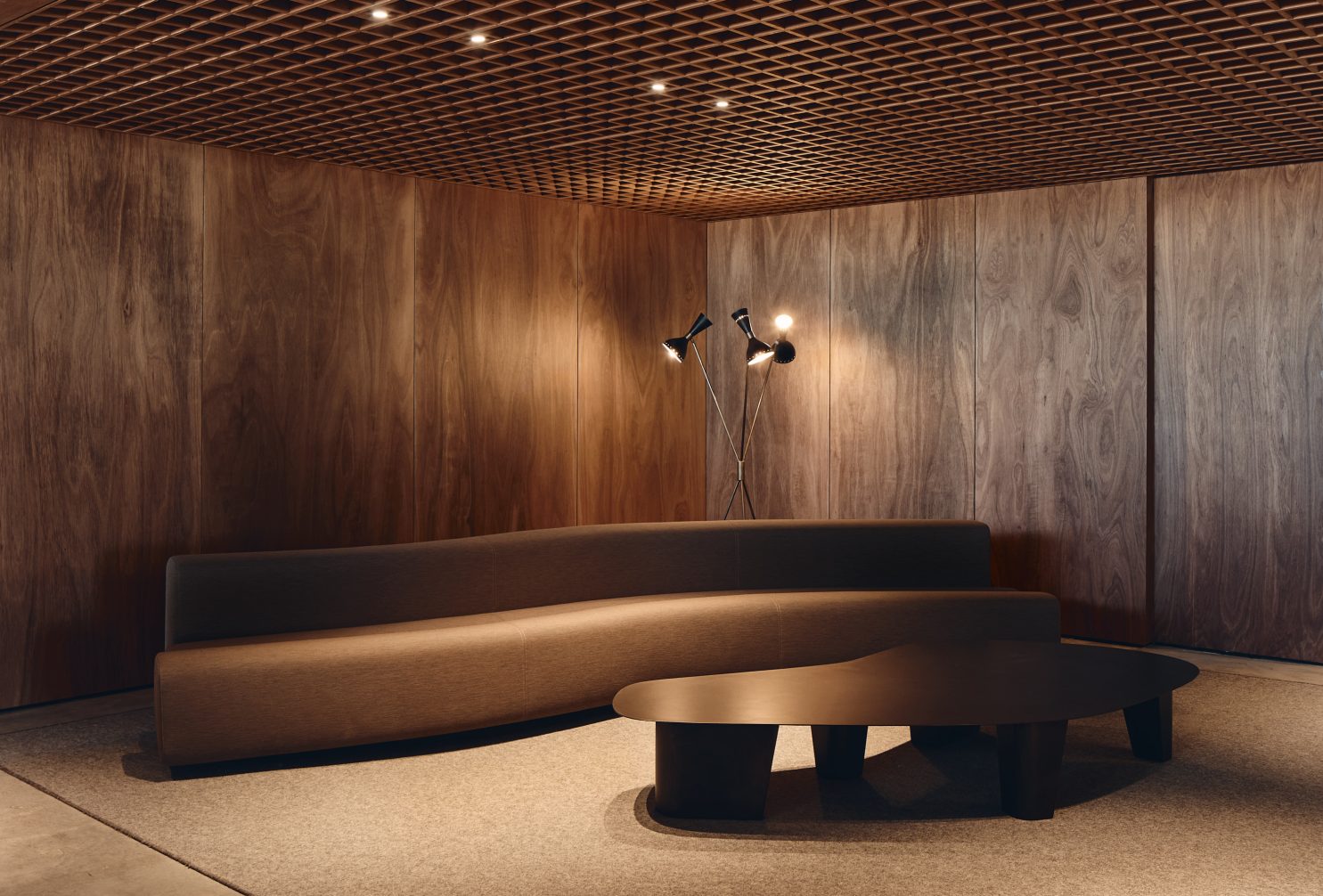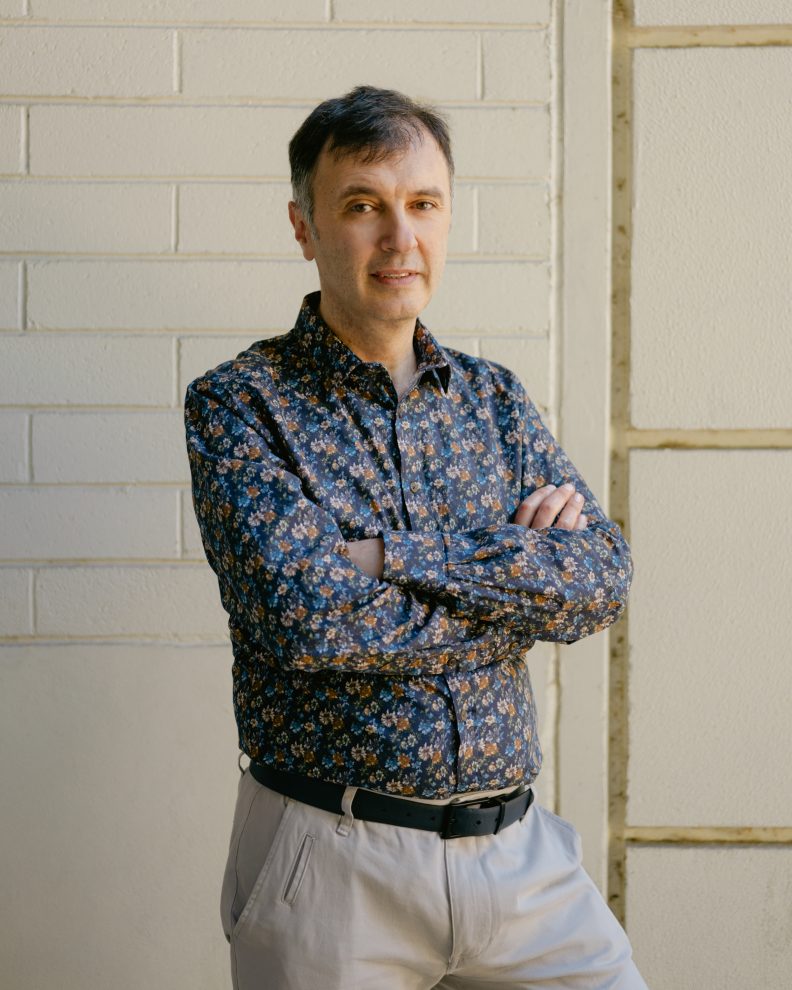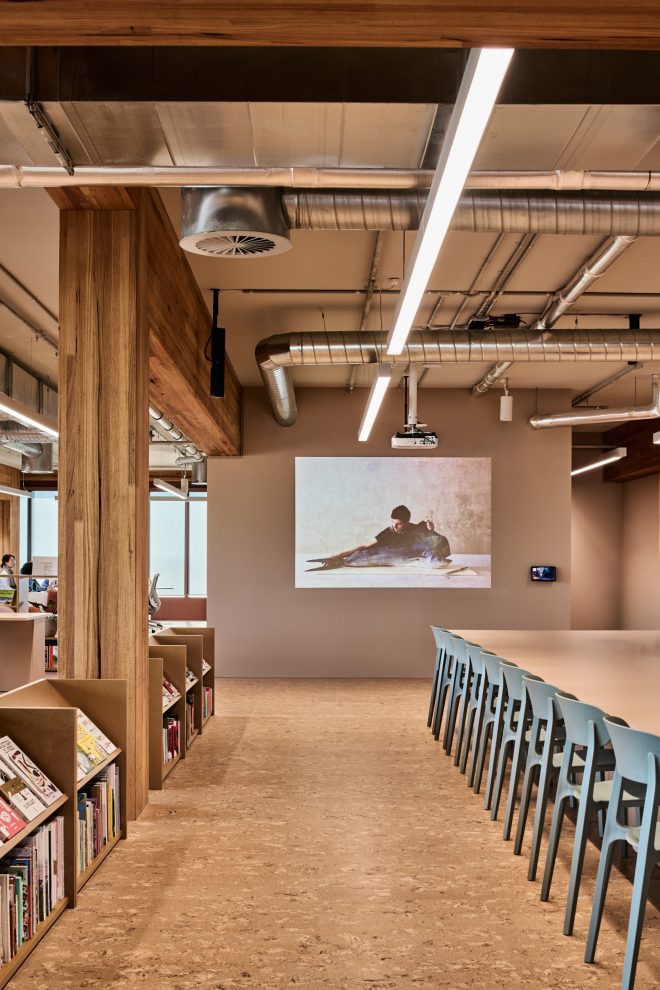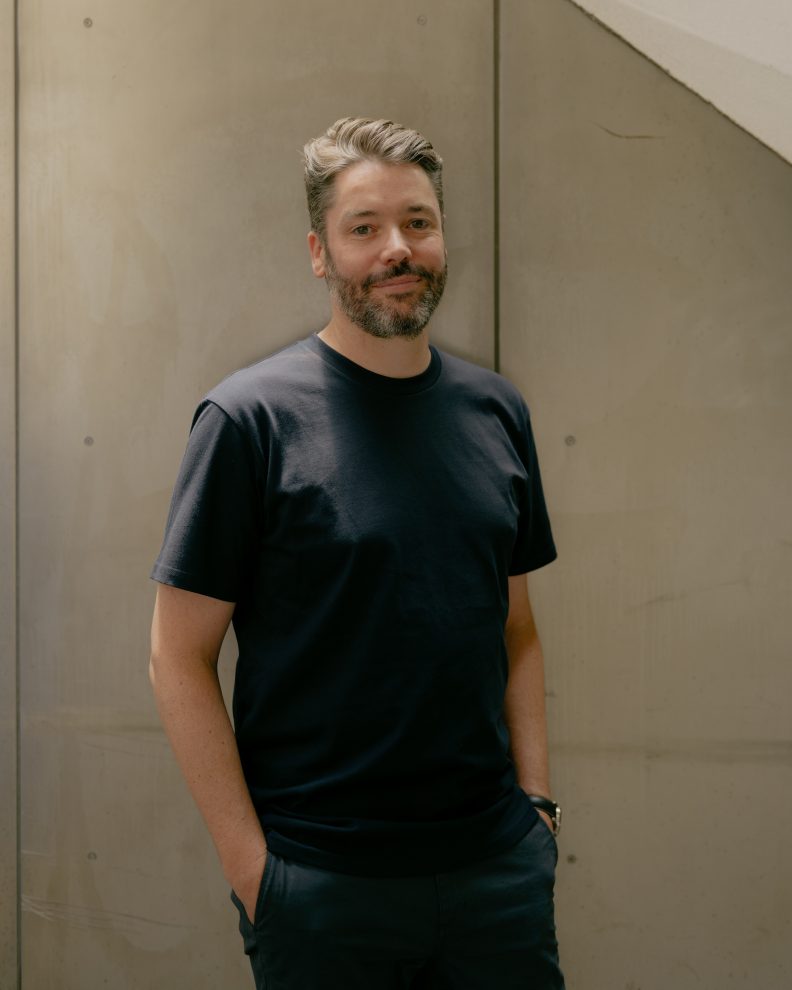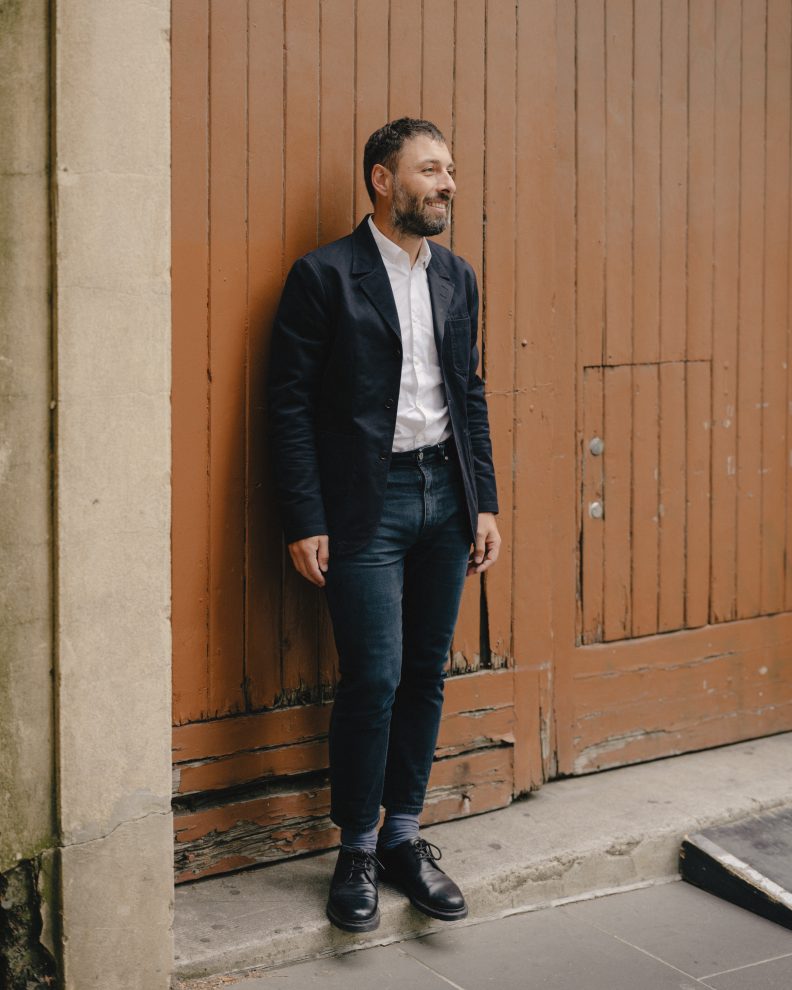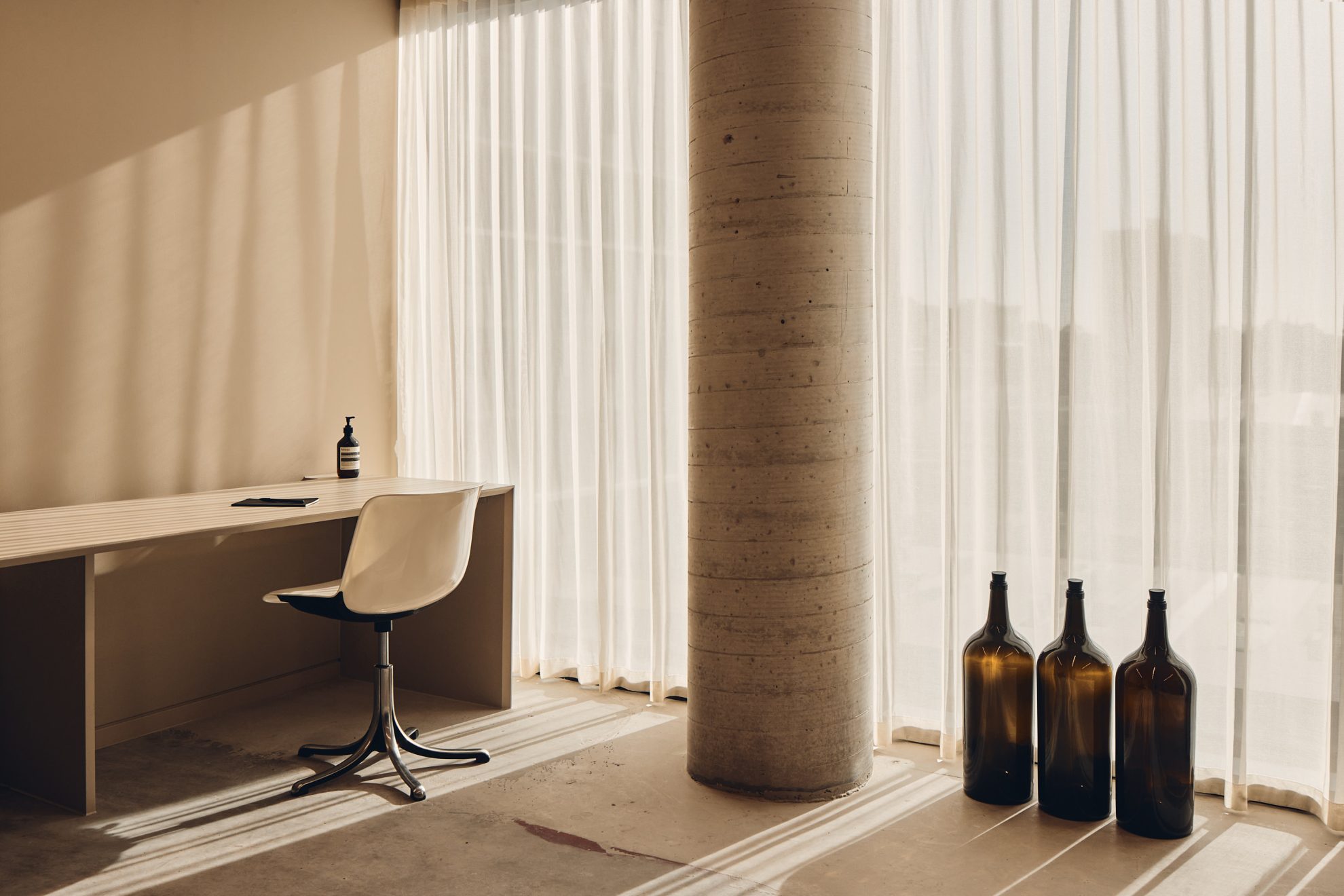
Productive, well-rounded, and intelligent are adjectives commonly associated with humans. But now, more than ever, we view our environments as needing to reflect these respective values, especially in the workplace. Rather than a place to just solve problems, the workplace itself should now add value to its inhabitants, be it the abundance of amenities, ergonomics, or technology.
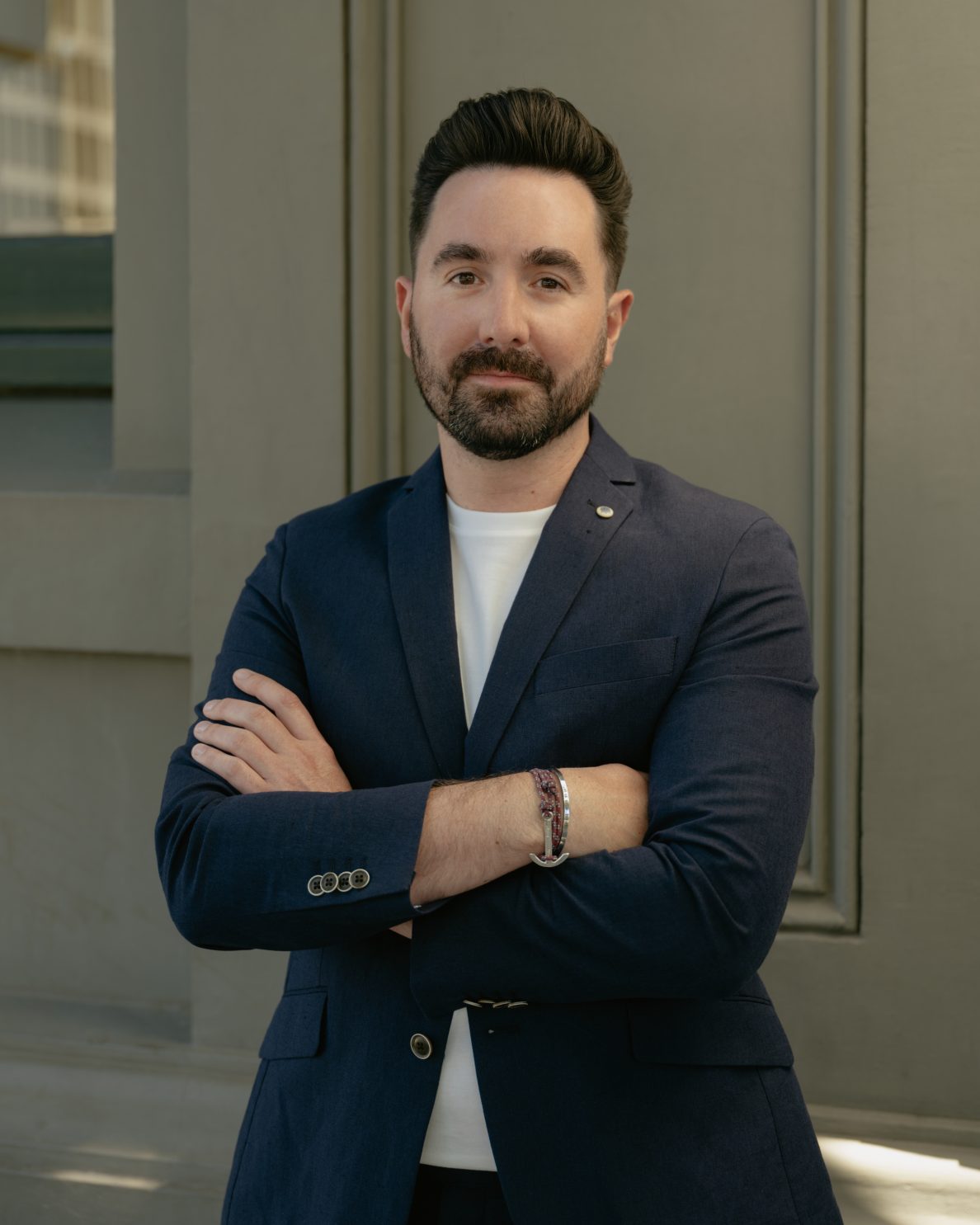
Part of the commercial interiors leadership team, Associate Richard Healy interrogates the brief back to its essence to craft a unique and enduring outcome founded on honest consideration. Today, he shares how tenants can best utilise their workplaces to advance efficiency and cultural engagement on a long-term basis.
The world has sped up and outside influences are increasingly turbulent, along with the rising cost of living and the impact of unpredictable interest rates. It’s within this economic climate that businesses look to rebuild productivity and invest in their physical spaces to retain and attract talent, while also communicating their values in a tangible way.
A primary challenge facing many tenants in today’s market is how to best optimise their workplaces at the correct time, for the right cost and be fit for purpose in five- or ten years’ time. It’s a necessity that can no longer be neglected as more people continue to view offices as not solely a place to perform work tasks. That said, what considerations are fundamental to achieving a built outcome with intent?
From office to precinct
In today’s working world, the office needs to be a healthy blend of residential, hospitality and workplace design with thoughtful user experience integrated across every decision. “It’s an exciting opportunity for different design sectors to overlay. If working from home is rooted in convenience, then the office needs to guarantee it adds value to people’s lives. When tenants offer a precinct experience that builds community and accessibility, its staff engagement will lift,” shares Richie.
Adding value can be implemented by providing end-of-trip facilities, wellness and childcare centres, and inclusive workspaces. People value ease and comfort, and if your workplace considers the short and long-term needs of its team, it will become its own self-sufficient asset. “Regardless of the job, people are asking how the business will align with their values. Does it offer better ergonomics than their home workstation? Does it offer great affordable coffee? Does it offer a balance between social and quiet moments? All these considerations will influence whether someone wants to not only commit themselves to the job but also the office.”
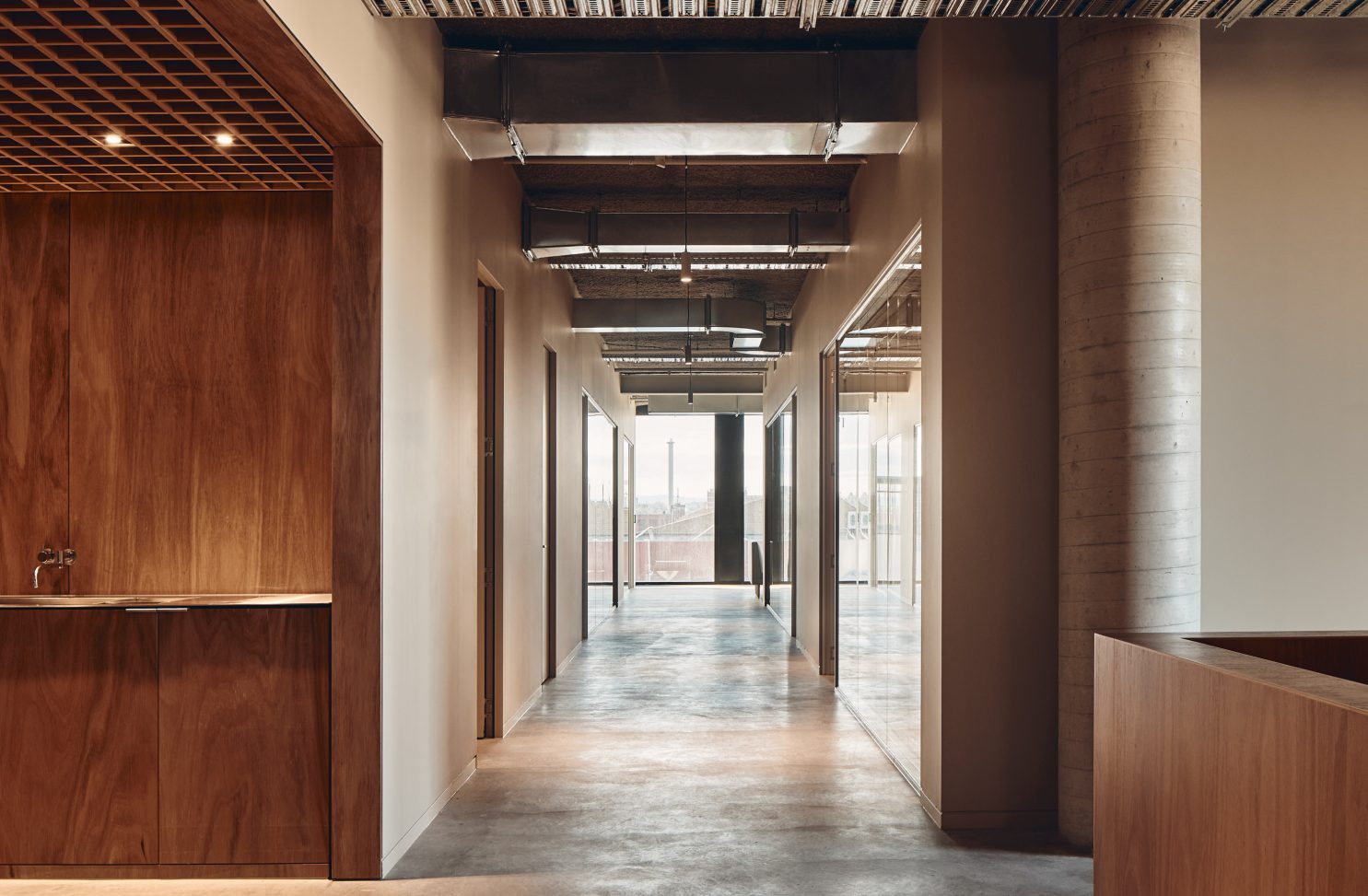
Honesty attracts honesty
One of the first questions Richie asks a client is what success looks like for them. “I like to understand their brand values. This assists in showcasing who they are as a business or organisation and where their people or assets sit in relation to this. From here, you can do a deep dive into client, visitor and staff journeys or experiences,” explains Richie. “If you’re honest in who you are, you will attract like-minded people.”
Branding also involves embodying a business’s ethos into the built form. Recently completed by Carr, Aesop’s Australian headquarters epitomizes this approach. Marking Carr’s first collaboration with the Australian skincare brand, the new headquarters represents a new chapter for Aesop following recent global growth. Moving towards an increasingly international approach, with offices in London and Paris, Aesop appointed Carr to craft interiors that facilitate a collegiate and sophisticated workplace while evoking a lasting impression that encompassed the brand. The completed physical space promotes Aesop’s values of restraint, curation and ritual, which unite and guide the team.
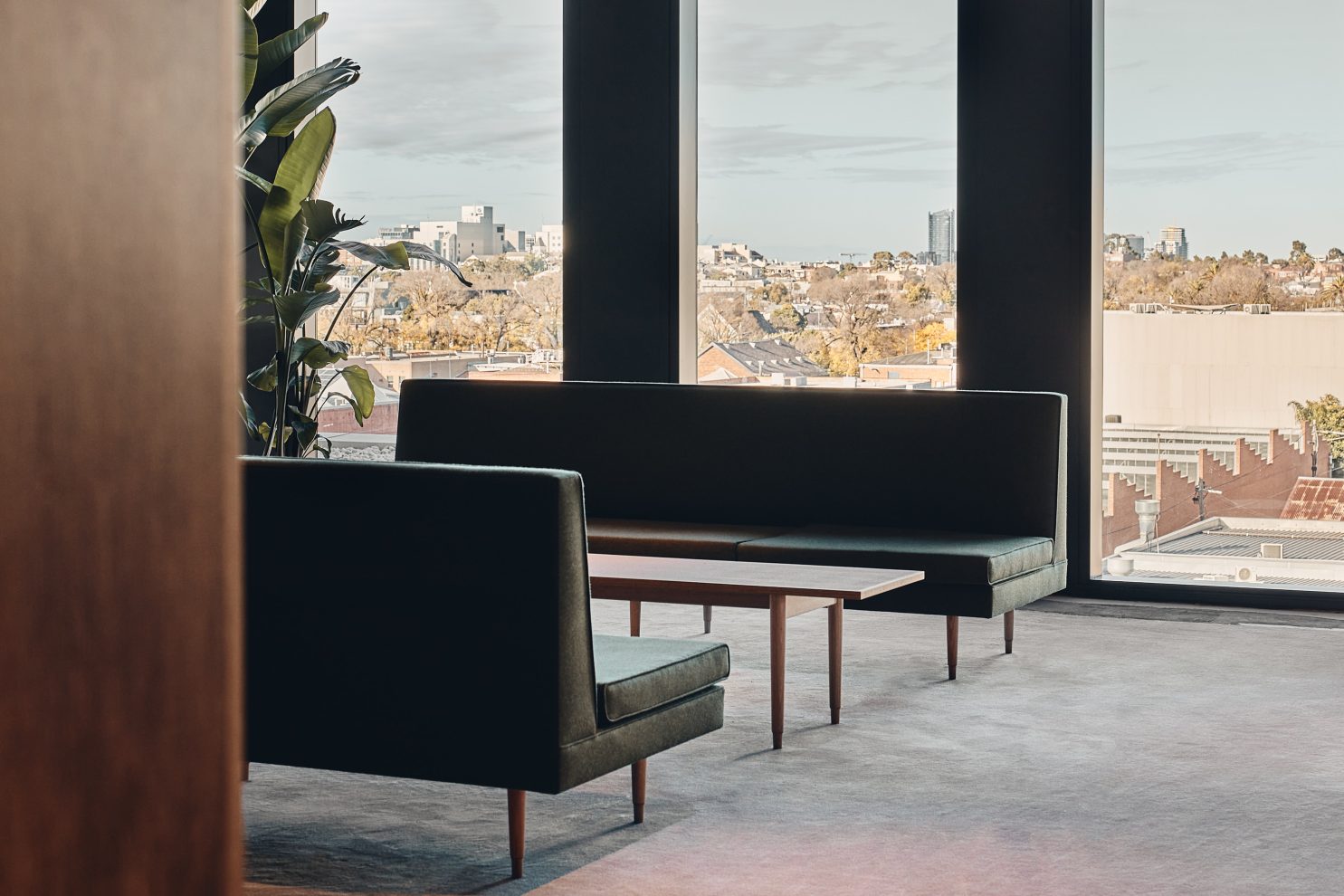
The selling point
Beyond the amenities, a point of difference in the design is crucial. At Carr, we strive to reflect upon the brief and investigate the big idea to discover the unexpected opportunity. “We probe the brief to understand why the client is doing this refurbishment. The aim being to carve out an extremely strong and shared vision. For instance, the new Aesop headquarters was pared back to celebrate the original building as much as the new interventions. This is symbolic of what the company itself was experiencing. Although a global entity, it remained true to its raw and honest beginnings,” says Richie.
Once parameters are set, the opportunities to push boundaries are revealed. As Richie illuminates, “The brief’s periphery is where you can add value. Ultimately, you receive a unique renovation that repositions the original asset, surpassing the original expectations.”
Looking ahead, Richie is excited about the complexity and deepening personability of commercial design. “Design has the innate ability to elevate the spaces we occupy. If a workplace is more attuned to the needs of its occupants, then it can be enjoyed to a fuller and more enduring extent.”
Explore how Interior Designer Kirby Humphries approaches the intricacy of commercial design.
